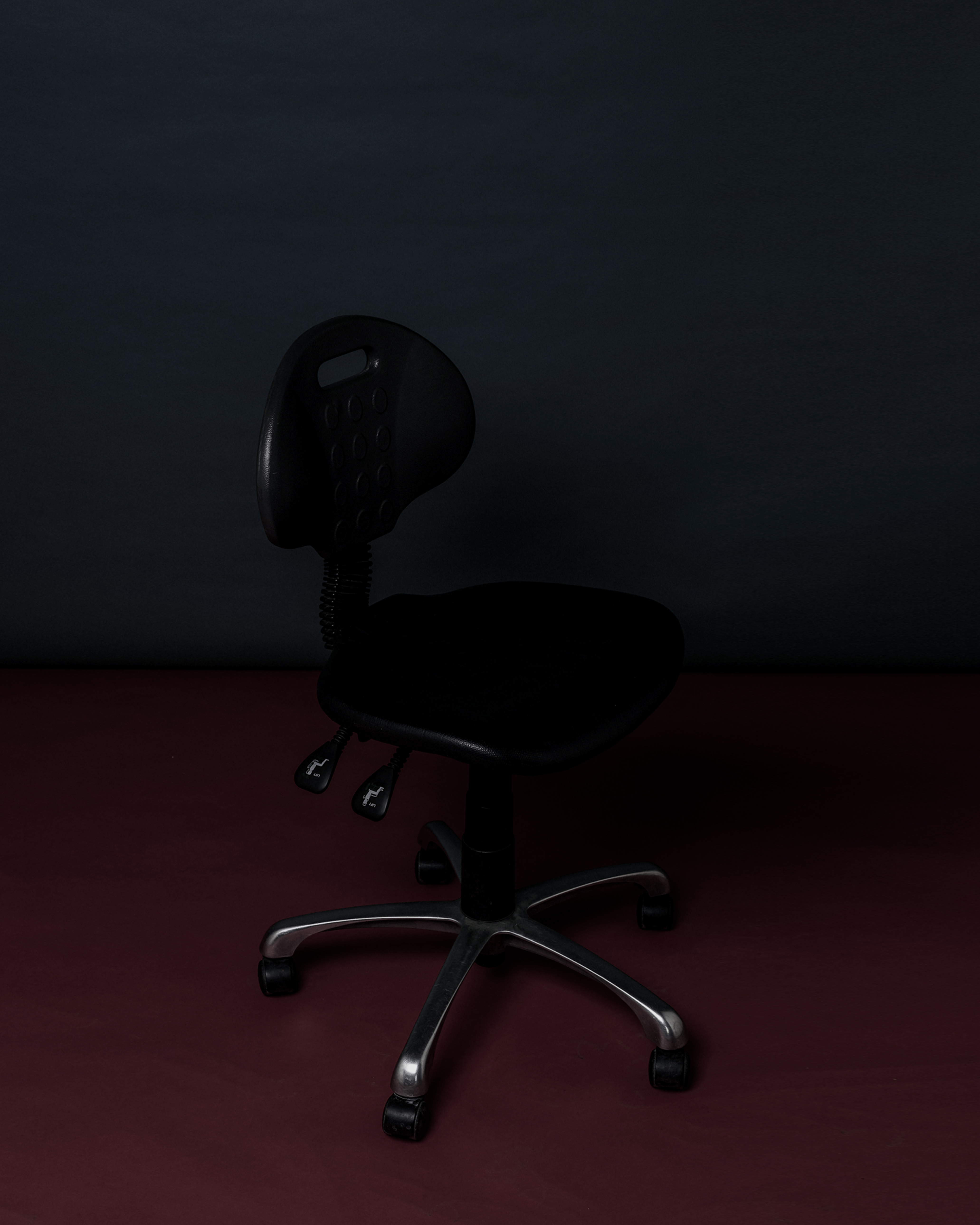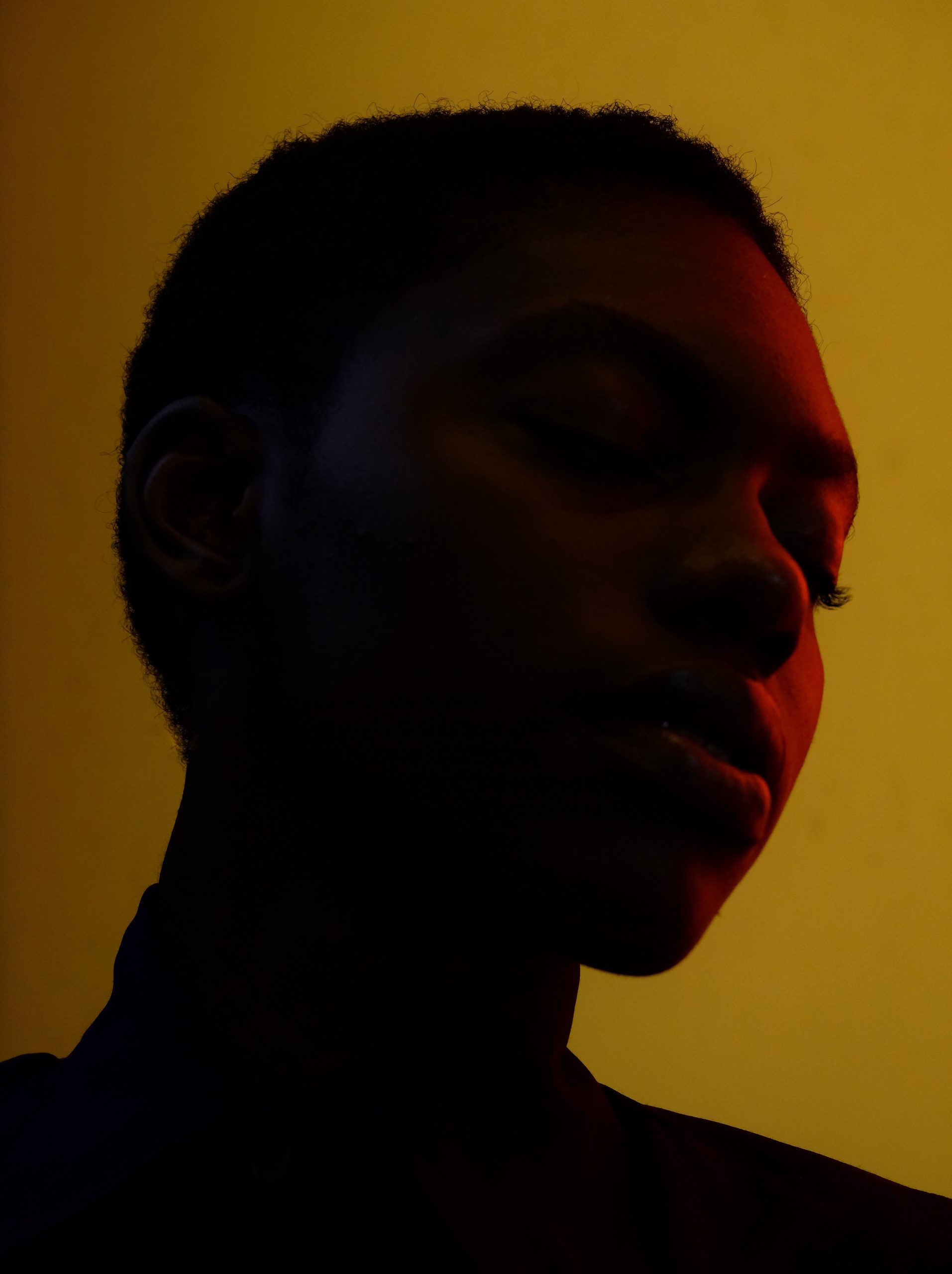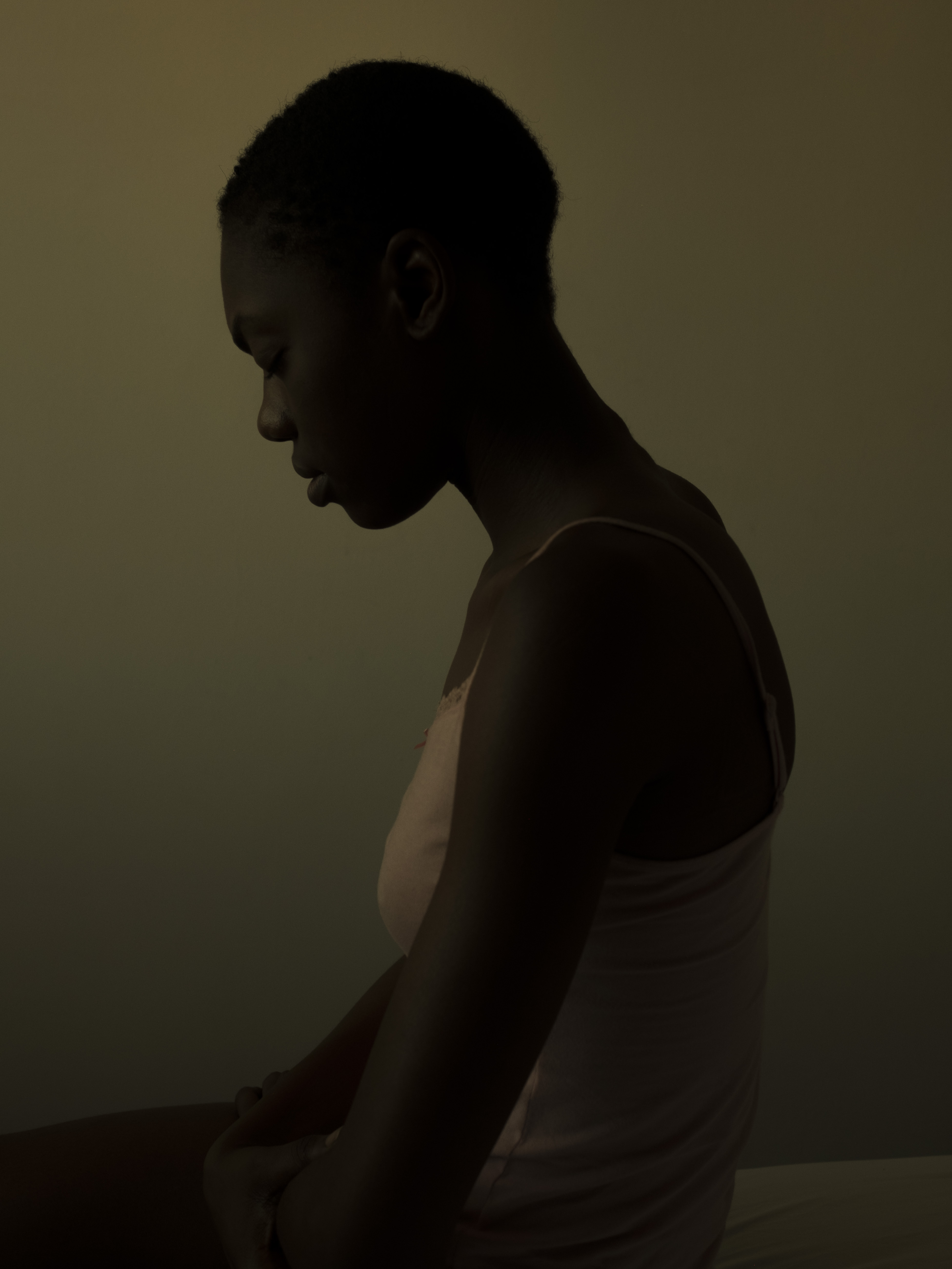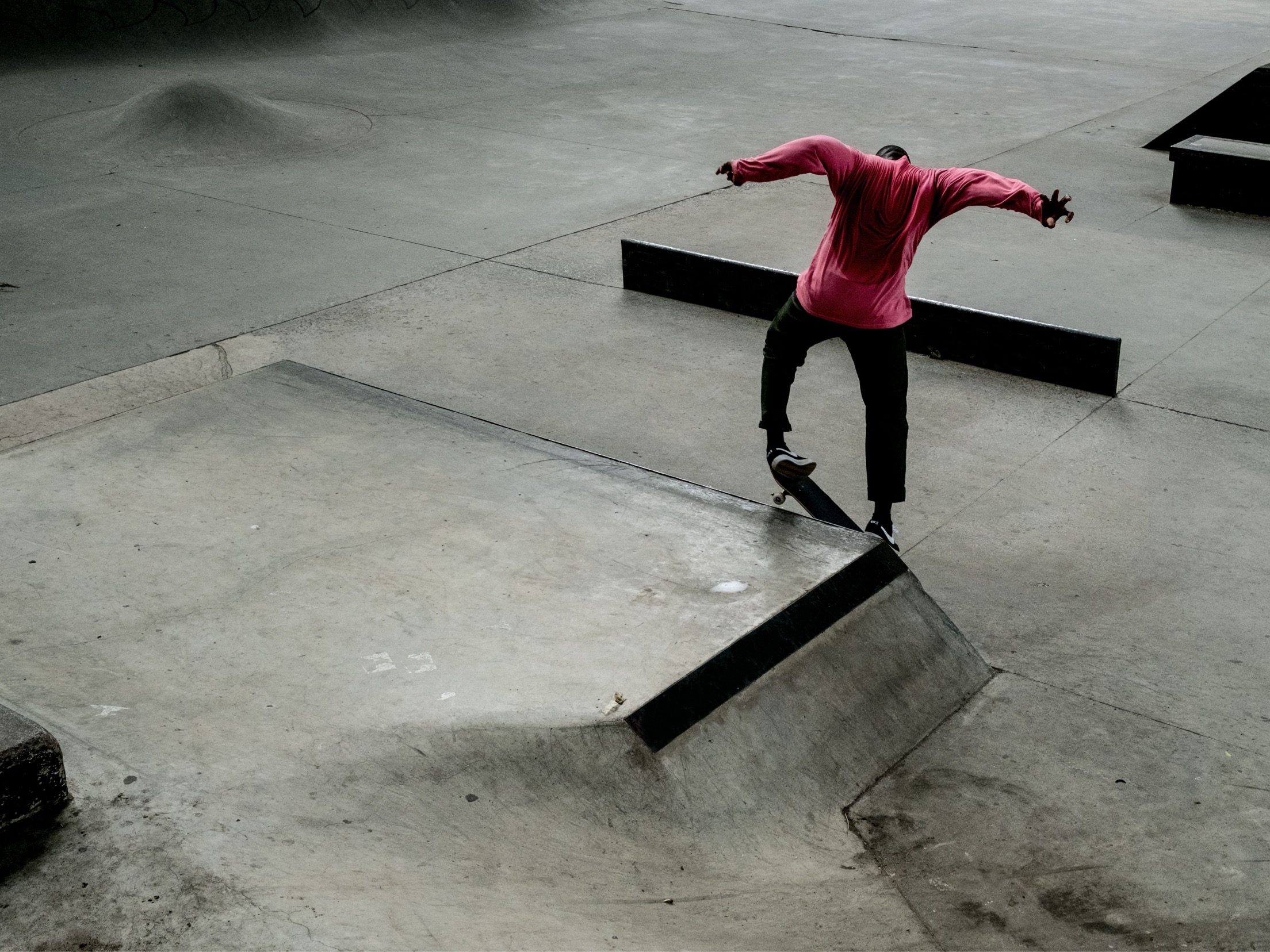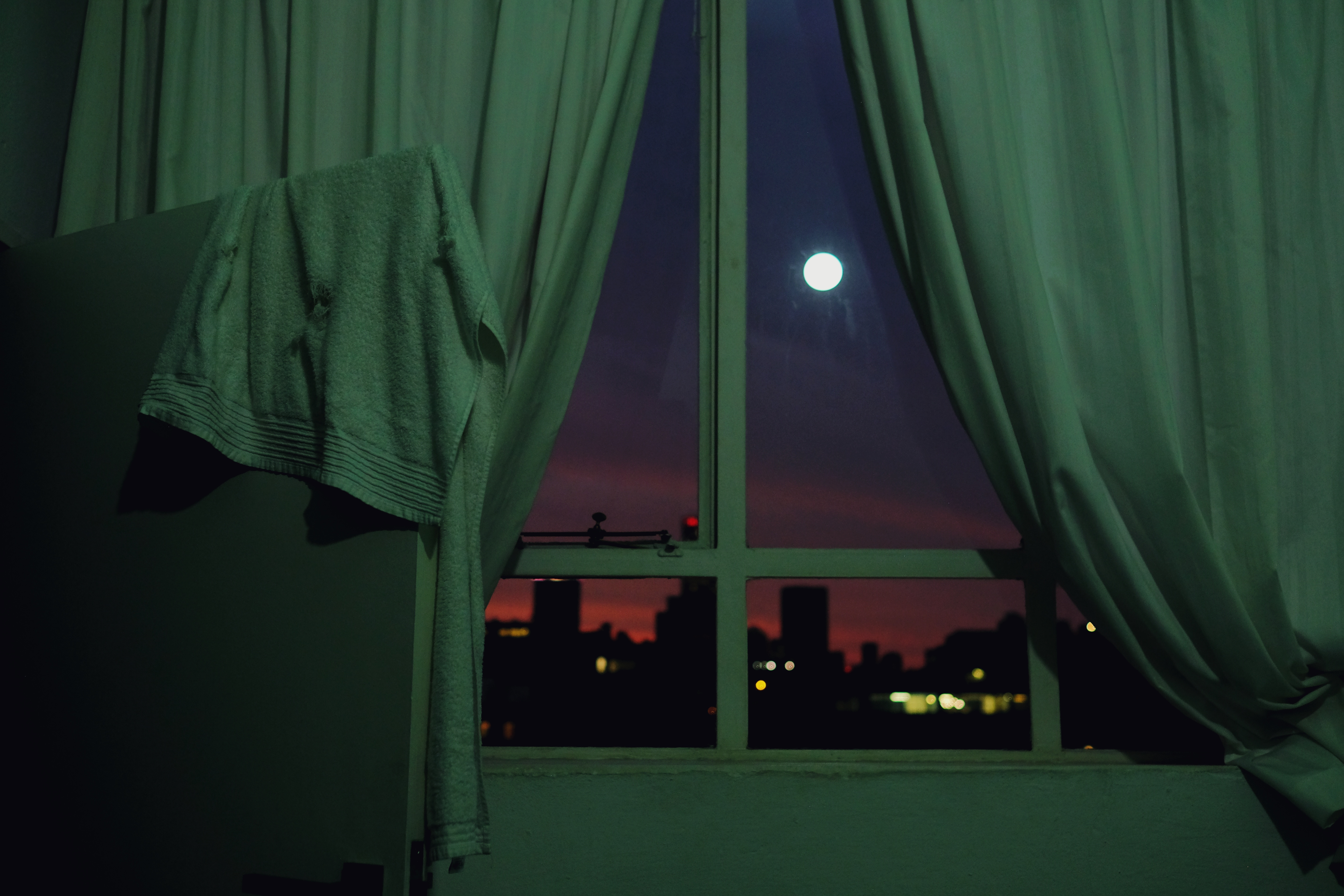A human body lies covered in what appears to be thick, solid pieces of cutout paper. The body is fully covered; barring from the knee down. The image has all the components that engender a sense of familiarity. However, something is off. One of the legs is twisted and both are lifted —suggesting that the body underneath is still breathing. This photograph (Laid, 2011) by artist Sam Vernon seems to say something significant and fateful about the body (particularly the black body) and its presence in the world.…it breathes intrigue into our imagination.
Vernon is a multi and interdisciplinary artist whose work explores the connection between memory, personal narrative and identity. “Through site-specific, staged installations and urgent performances my goals are towards the production of Gothic visual art in which Black narratives are included in the expanse of the genre,” Vernon states in an interview with African Digital Art.
Vernon goes beyond the confines of a single medium by combining drawings, paintings, photographs and sculptural components— transmuting their form from two dimensional to three dimensional works which become elastic and nonconforming. Her means of expression are constantly evolving as she continuously moves from illustrations, digital, performance and back.
Vernon’s digital prints, drawings and collages are typically black and white, perhaps an indication of an enhanced awareness of the past. The work is not always easy to process, and yet it remains vivid and clear. Through Vernon’s works, we travel through time towards the vast depth of her experiences. She describes an understanding of the past as a necessary means towards a better understanding of the self in the creation of the future.
Despite having a visual language that is difficult to pin down —with elements of abstraction, patterns and human-like figures —Vernon’s voice remains strong. This voice is further amplified by the specificity in the symbolism used to confront her subjects. “The active ‘ghosting‘ of an image, copying and multiplying the original, subtlety exploits the notion of a pure identification of black and white and signifies the essentialism of symbolic meaning and all its associations.”
Through her practice Vernon deconstructs and redefines narratives that inform memories and collective history through the lens of race and gender. Through her most recent show Rage Wave with G44: Centre for Contemporary Photography in Toronto, Vernon presented an ambitious exhibition bringing together images, photocopies, drawings and prints to reflect on post-coloniality, racial, sexual and historic memory. She has also presented works at Brooklyn Museum, Queens Museum, Fowler Museum at UCLA, Seattle Art Museum and the Museum of Contemporary African Diasporan Arts in Brooklyn, among many others.
Vernon’s work, with all its layers of complexity, remain a critical part of moving the conversation on black narratives forward. Her works have a sense of timelessness, where the past and the present seem to merge….perhaps because notions and conceptions of race and gender underpinning the work also have a sense of timelessness. Even as time passes, the trauma of the violent past continues to haunt.

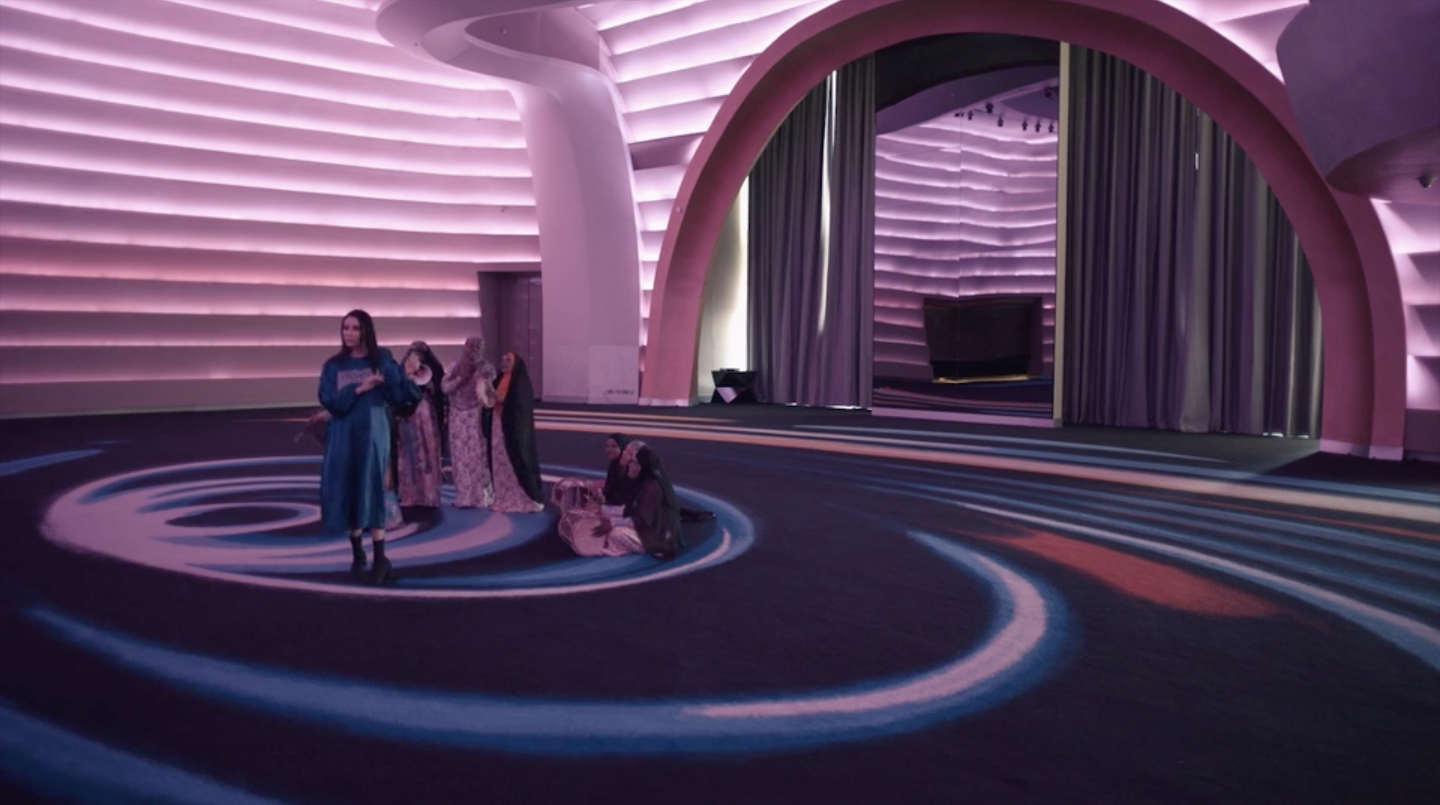
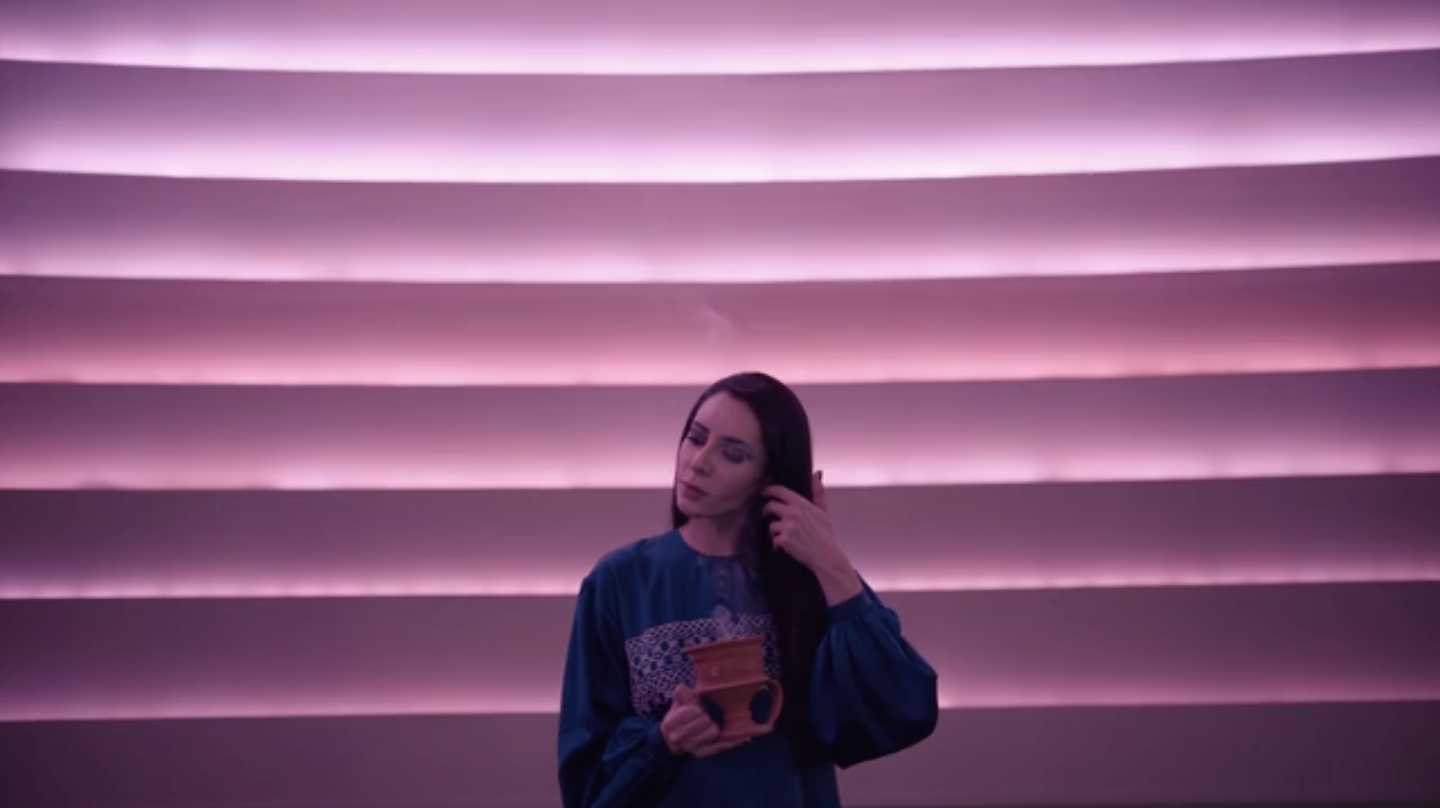



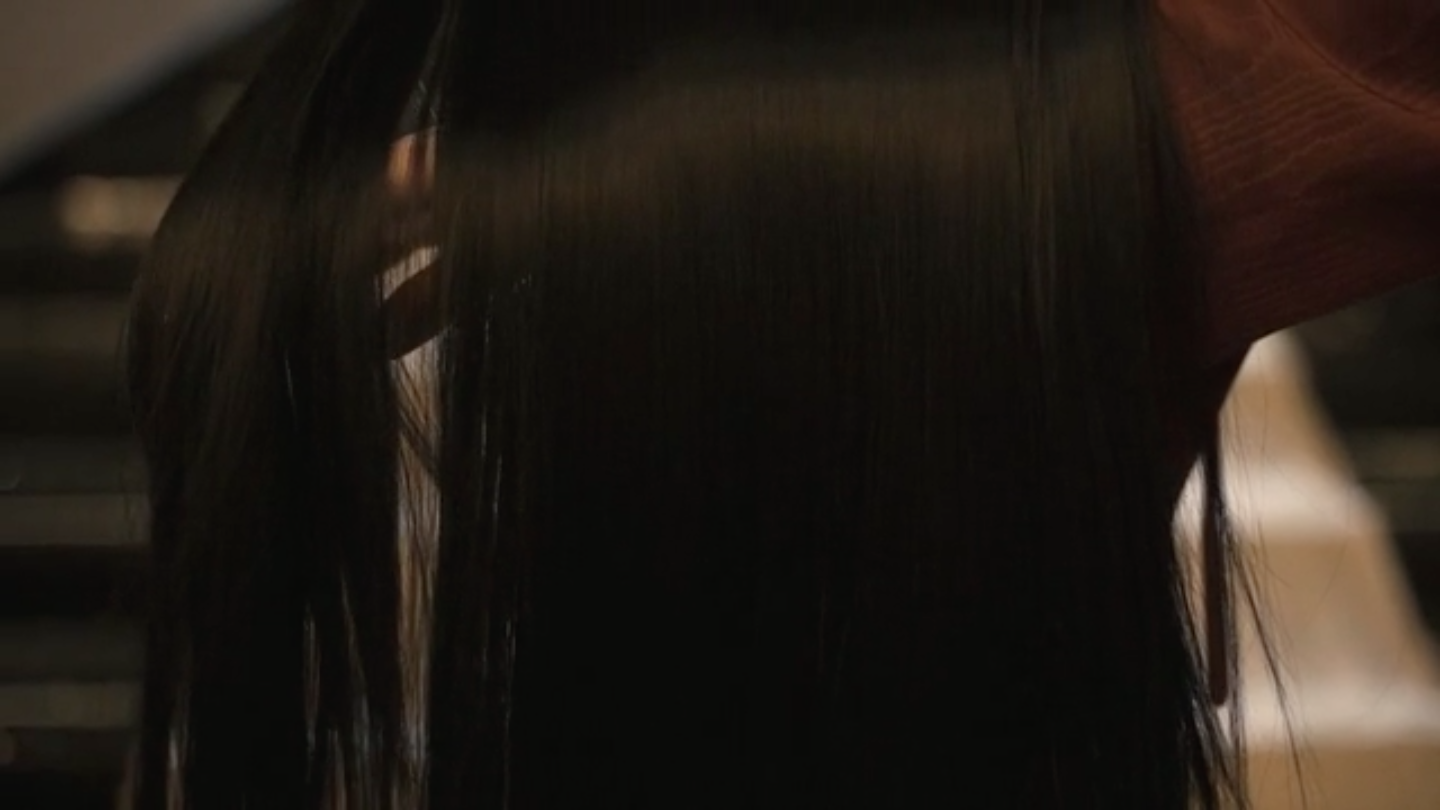









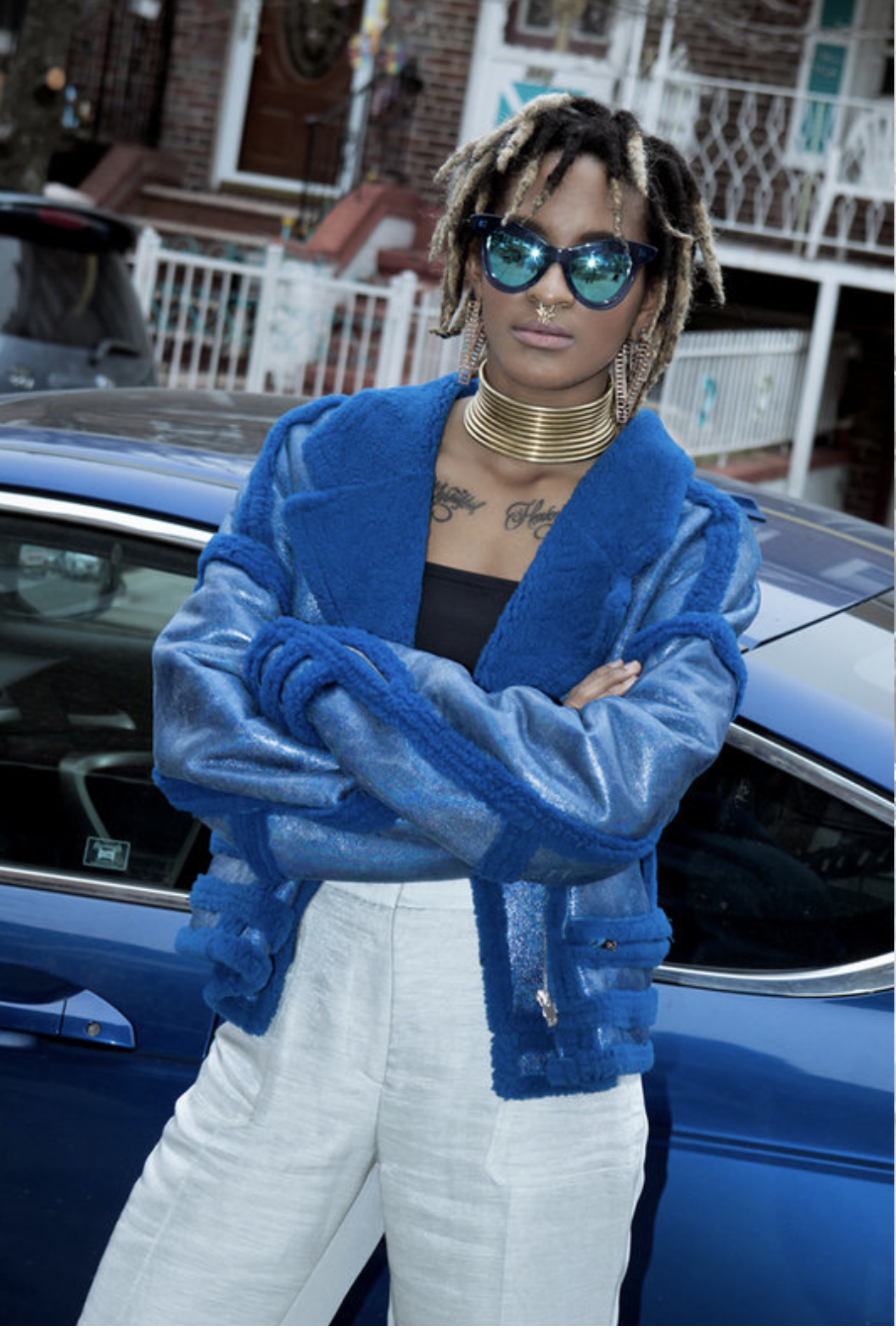

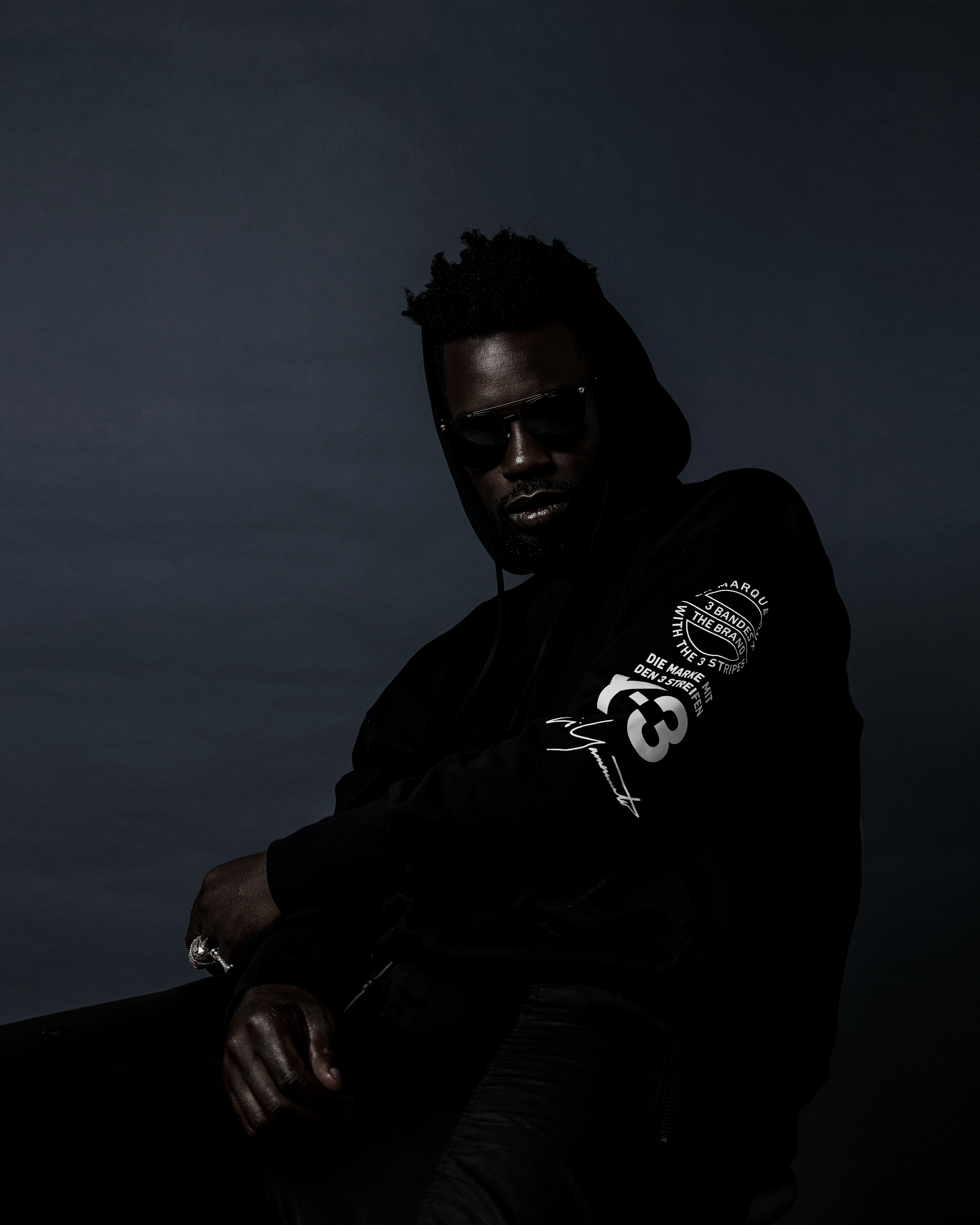
 2016’s Security narratively focused its menace on a conceptual journey through London nightlife. When I asked Gaika about its origin and inspiration, he suggested that it was “about fear, money and dying, inspired by my time getting my ankles wet in some neon lit underworld. The truth is there, if you know what to listen for”. The word security conjures images of control, rigidity and surveillance cameras watching over clinical spaces. But the album sounds profoundly out of control, with Gaika’s howling tales of nights lost under a blizzard of drugs, guns, money or worse. At first listen, lyrics like “I’m getting smashed like the world ain’t real”, seem to echo the depressive hedonism of Future or The Weeknd. But while those artists can never seem to identify the causes of their existential malaise, Gaika pulls a brilliant rhetorical move with the closing song ‘
2016’s Security narratively focused its menace on a conceptual journey through London nightlife. When I asked Gaika about its origin and inspiration, he suggested that it was “about fear, money and dying, inspired by my time getting my ankles wet in some neon lit underworld. The truth is there, if you know what to listen for”. The word security conjures images of control, rigidity and surveillance cameras watching over clinical spaces. But the album sounds profoundly out of control, with Gaika’s howling tales of nights lost under a blizzard of drugs, guns, money or worse. At first listen, lyrics like “I’m getting smashed like the world ain’t real”, seem to echo the depressive hedonism of Future or The Weeknd. But while those artists can never seem to identify the causes of their existential malaise, Gaika pulls a brilliant rhetorical move with the closing song ‘


